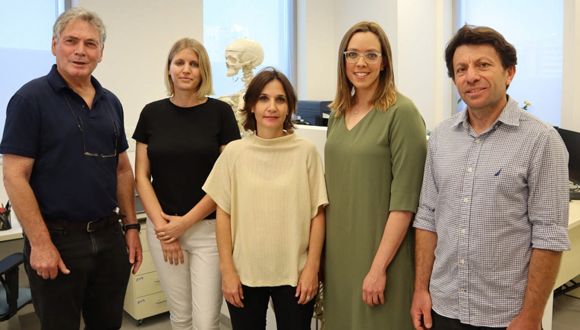In Israel, new construction projects first mean excavating the underground. Recently during a dig near the Nesher Ramla cement factory, a slew of artifacts, including human bones, were found – and archaeologists are saying they are not Homo sapiens.
Led by Hebrew University archaeologist Dr. Yossi Zaidner and Tel Aviv University anthropologist Professor Israel Hershkovitz, the team believes they may have found a missing link.

Hershkovitz explains that “We know that modern humans – or Homo sapiens – arrived in this area some 200,000 years ago. When we started excavating and examining the different archaeological layers, we found that they dated back between 140,000 and 120,000 years ago, so we expected to find remains of Homo sapiens. We did not realize that another form of human was living alongside them.”
The group of bones found has distinct features and characteristics of their jaws, teeth, and skulls. Based on the need to categorize, fall somewhere between the Neanderthals and the Homo Sapiens. Researchers previously thought that Neanderthals lived in the Levant area up to 70,000 years ago, yet now understand it could have been even 130,000 years ago.
“We have shown that contrary to what was previously believed, the Neanderthals are not a European story, but very much a story of the Levant.”
Dubbed with a simple “Homo” for now, researcher Dr. Hila May says that “As a crossroads between Africa, Europe, and Asia, the Land of Israel served as a melting pot where different human populations mixed with one another, to later spread throughout the Old World. The discovery from the Nesher Ramla site writes a new and fascinating chapter in the story of humankind.”







